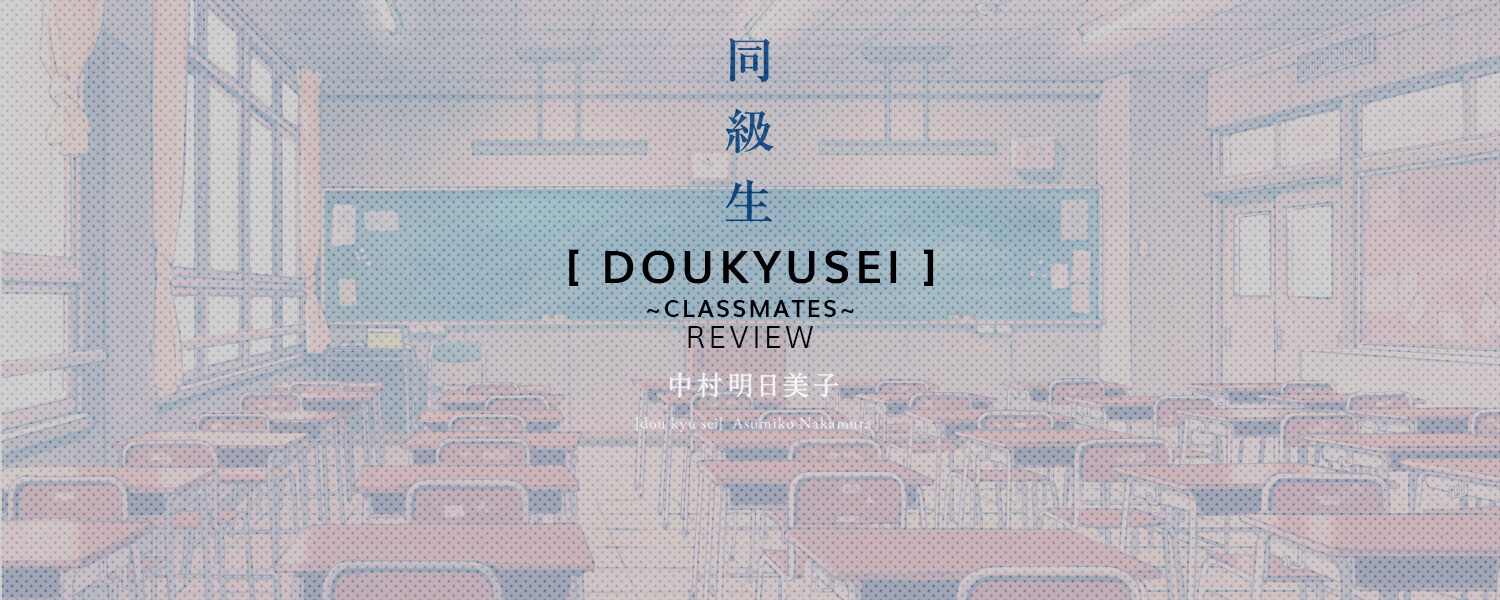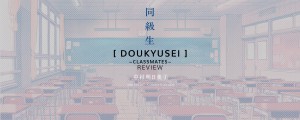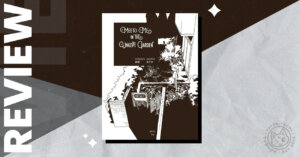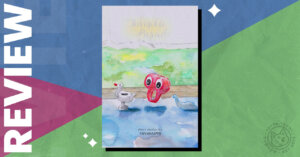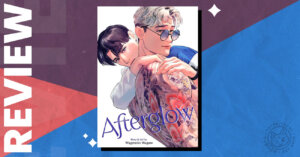I will admit that I typically don’t read or watch boys’ love material. There seems to be a particular kind of stigma attached with that “genre,” namely that yaoi or shounen-ai stories have tropes that the vast majority of works follow almost to a T. I also don’t know how I feel about the portrayal of homosexual relationships in things like yaoi and yuri. So, then, why did I go see the film Doukyusei ~Classmates~? Well, to begin with, I like supporting anime when it’s released in theaters. That, of course, isn’t necessarily enough of a reason: if it’s something I know I won’t get any sort of enjoyment out of, I’m not going to see it, even if it is anime-related. After reading the synopsis and taking a look at the trailer, though, I decided to give it a shot.
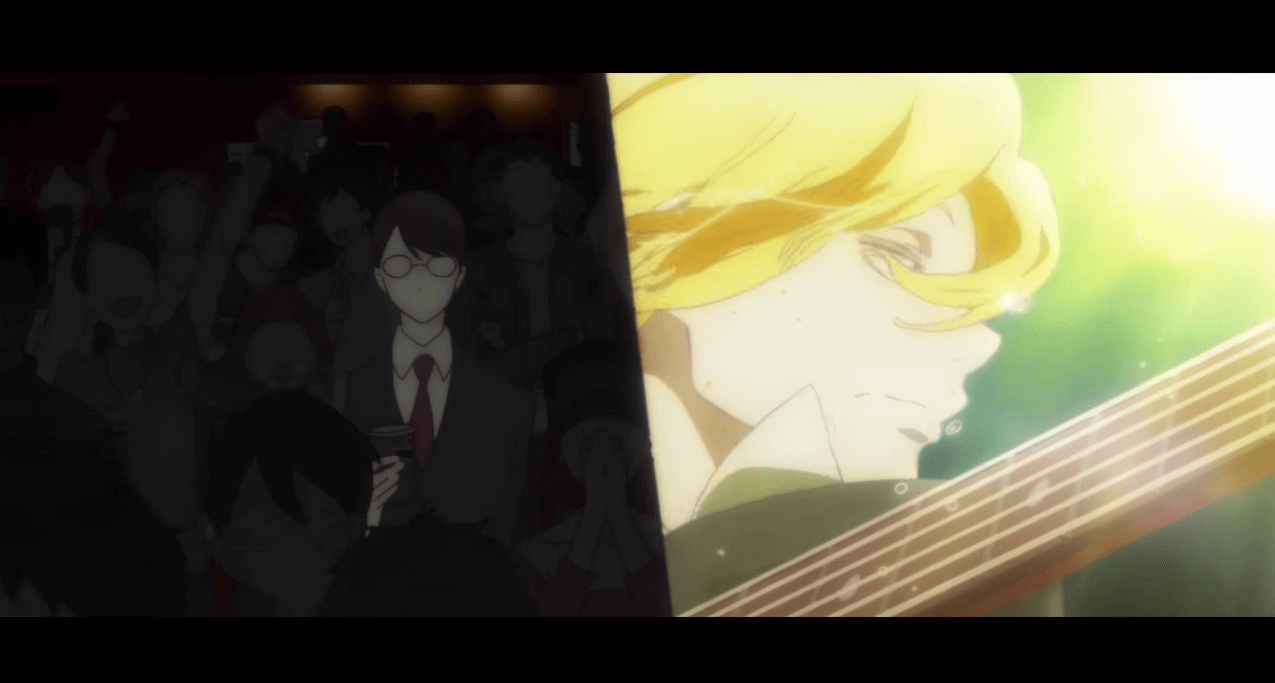
The story of Doukyusei is nothing terribly new: one boy, Licht Sajo, is a studious young man on the fast-track to going to the university his father and grandfather attended; the other, Hikaru Kusakabe, is more interested in his band than what his life will be like after high school ends. Their designs match their characters: Sajo has side-swept hair and glasses, a look that’s extremely typical of good students in anime, and Kusakabe has longer hair colored blonde, giving him a more rebellious look.
In a number of ways, the film progresses like many romance stories do: things start out fine, a misunderstanding ensues, things turn out okay. The film is broken up into four smaller stories, and that pattern happens about three times. Does that make it bad? No, not necessarily. Sure, the story is somewhat predictable in the context of a romance, but it ends up being rather refreshing for a boys’ love anime. Yes, there are still some moments that will cause you to squeal if you’re that kind of fan of the genre (I heard “ooooooh” a number of times while the film played).
However, things never get too hot and heavy. This places the story somewhere in between the innocence of a shounen-ai work and the near-pornographic details that can be found in yaoi titles. This makes it seem like a more realistic story as a whole: yes, they’re teenagers, but that doesn’t mean they’re pure hormones. Even if the story itself isn’t anything new, a number of the typicalities are made a little fresher by the film’s tone and characters.
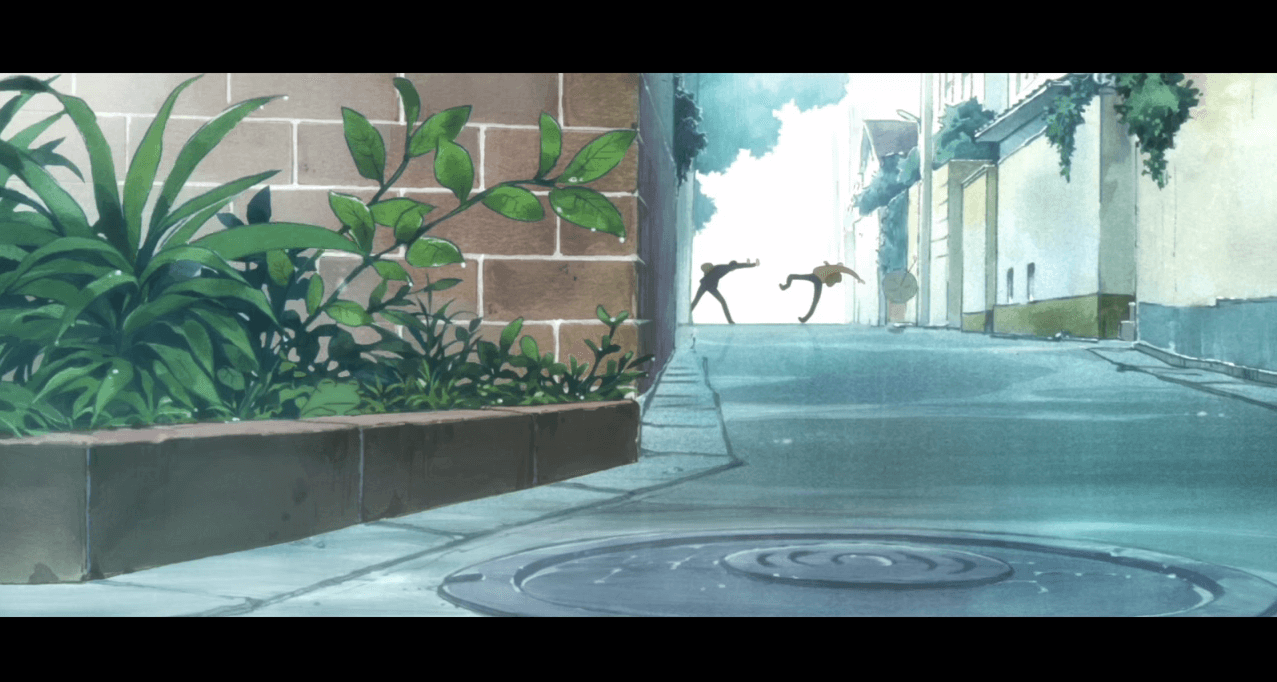
These characters, on the surface, are cardboard cutouts of what’s been played out before: the studious one and the rebel. Interestingly enough, though, that’s not exactly how the two young men end up being written. Kusakabe is written with quite a bit of humor to him, and he certainly isn’t a “bad boy” type of character: yes, he’s into his band and his budding relationship, but he’s not trying to “go against the system.” Like many young people (and some not-so-young people) he isn’t sure about what he should do with his life. Perhaps that isn’t unusual, either, but it does make his character more relatable and likable.
While the film spends most of its time from the perspective of Kusakabe, the second half focuses more on Sajo’s perspective. At that point, we’re able to see his own problems more clearly, as well as his own growth. Overall, both leads are given enough room to show their personalities and grow. This is in part because the cast of secondary characters is kept relatively small. The two we end up seeing the most are their teacher Hara and a bandmate of Kusakabe’s. While a ton of time isn’t spent on them, or any of the other side characters, it doesn’t feel like you’re missing anything: scenes with them play out as if you’re watching people that know each other pretty well have a conversation. You appreciate their presence, leaving you satisfied with the amount of screen time given to them.
I will say that there is a scene with Hara that I thought was kind of disturbing, leaning towards a “typical yaoi” sort of moment. It ends up being handled somewhat humorously, though, which lessened the blow a bit. His character doesn’t exhibit the same level of behavior anywhere else in the film, so it may have just been a moment to play with the trope. It comes off a little odd in the general scheme of the film, but it’s not so jarring that you can’t move past it after its resolution.
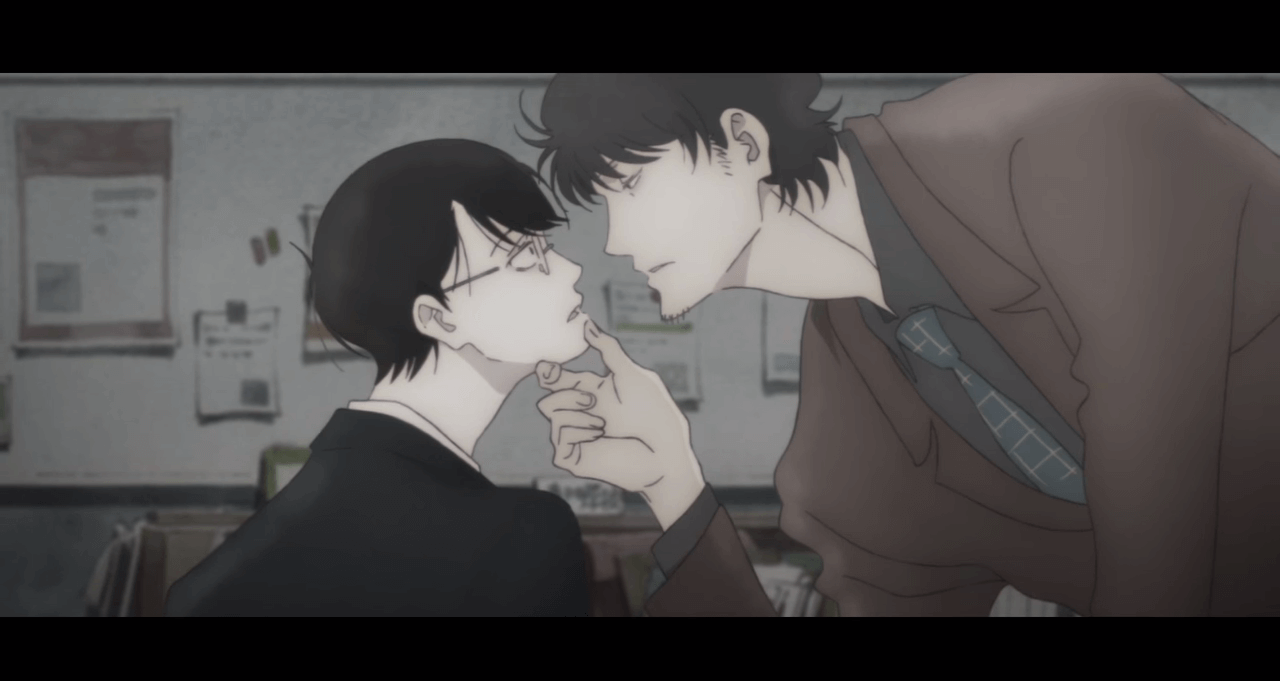
What was really refreshing for me was the animation: if there was CG in this movie (and since there’s CG credits mentioned at the end, I imagine there is) I didn’t notice it. That’s exactly as it should be, in my mind. I love that the film shows movement happening in multiple areas: an example is when one of the main characters walks down the hall of his school. As he’s walking, others walk past him, but they’re exhibiting their own range of movements: in other words, there isn’t a loop of movement happening with the incidental characters. That’s something you don’t see a lot of in anime, unless you’re looking at films on par with the Studio Ghibli releases.
This film’s animation isn’t necessarily amazing, but it’s certainly different from many recent releases. The character designs are also pretty different: everyone’s drawn with long limbs and slim bodies, but they have a kind of sketched out look to them. The backgrounds also look like they’re colored-in sketches, or maybe even painted with watercolors, as if they belong in a picture book rather than an anime. This gives the film a distinct look of its own, and I really like how it all turned out. It’s been a while since I’ve seen a design so unique, and it works perfectly for the light-hearted moments as well as the more dramatic scenes in the film. The simple soundtrack compliments the designs nicely, including the end theme performed by Yuuki Ozaki from the band Galileo Galilei.
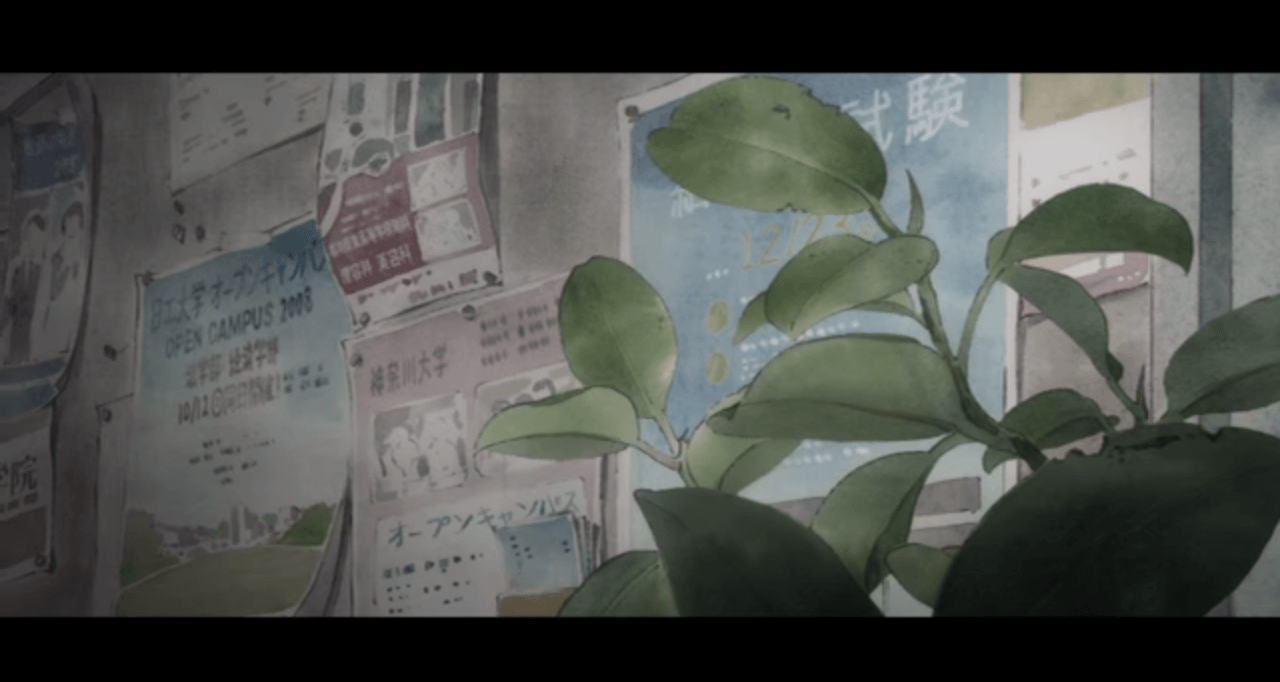
Doukyusei offers a nice experience for fans of animation that want to see something more than the typical aesthetic that anime generally provides. Its story isn’t super unique but it has its own little twists on the typicalities present and allows its characters to honestly face the misunderstandings they encounter. It avoids quite a few of the things critics of yaoi dislike while still offering enough for those who want to see the physical side to a homosexual relationship. Most importantly, it feels more realistic as a story than most in the genre ever do, placing its characters on a more balanced playing field rather than having one hold dominance over the other.
Even if you think you could never enjoy a boys’ love story, I would recommend checking this one out. It’s a simple story about two teenage boys that fall in love with one another and the relationship that transpires. It’s a pleasant enough film in its own right, and it allows its male leads to resemble more realistic humans rather than fantasized caricatures.
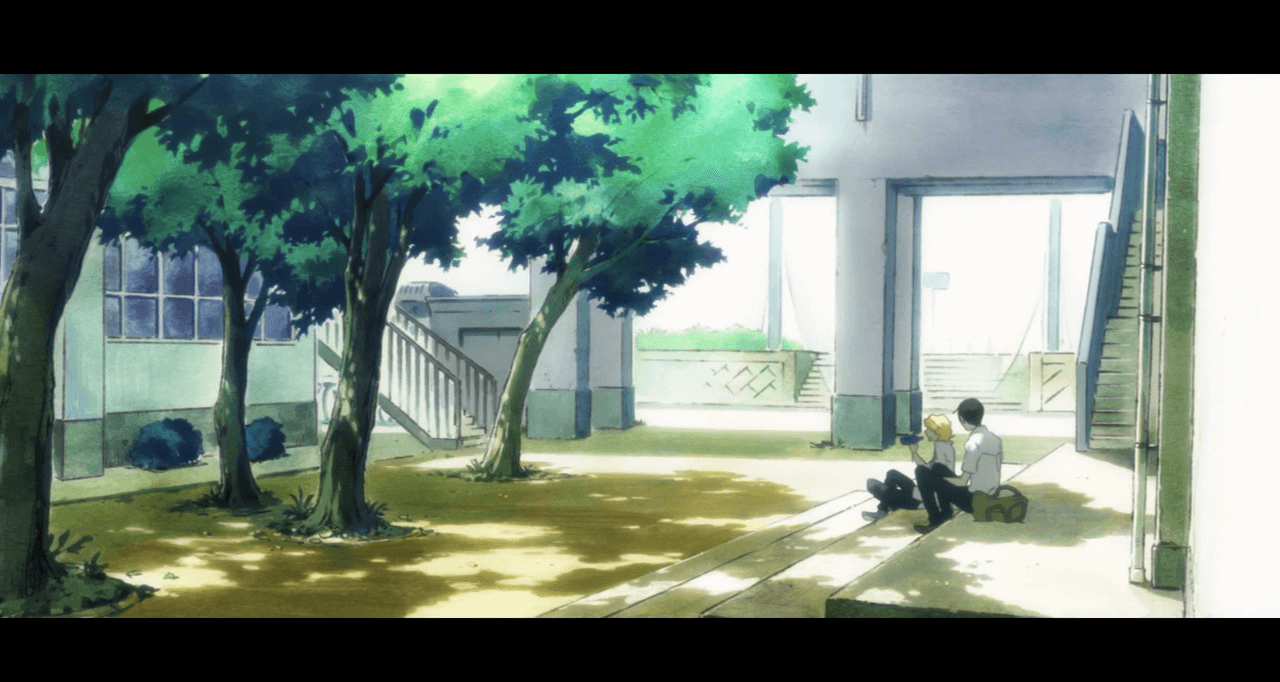
There are still some showings of the film in certain areas. To see if there’s one near you, head to the movie’s official website.
The Good
- Wonderful aesthetic that looks like colored-in sketches
- Nice details in the animation, including a variety of movements from the background characters rather than looped movement
- A number of genuinely humorous moments, particularly involving Kusakabe
- Simple but pleasant soundtrack
The Bad
- The story isn't really anything new
- While the leads have some uniqueness, they still follow some stereotypes
- The teacher is involved in an odd moment that seems out-of-place with the rest of the film
- Some moments of fanservice come off as a little ridiculous

Featured Sponsor - JAST
The sweetest romance and the darkest corruption, the biggest titles and the indie darlings; for visual novels and eroge, there's nowhere better.
Big thank you to our supporters
From their continous support, we are able to pay our team for their time and hard work on the site.
We have a Thank-You page dedicated to those who help us continue the work that we’ve been doing.
See our thank you page